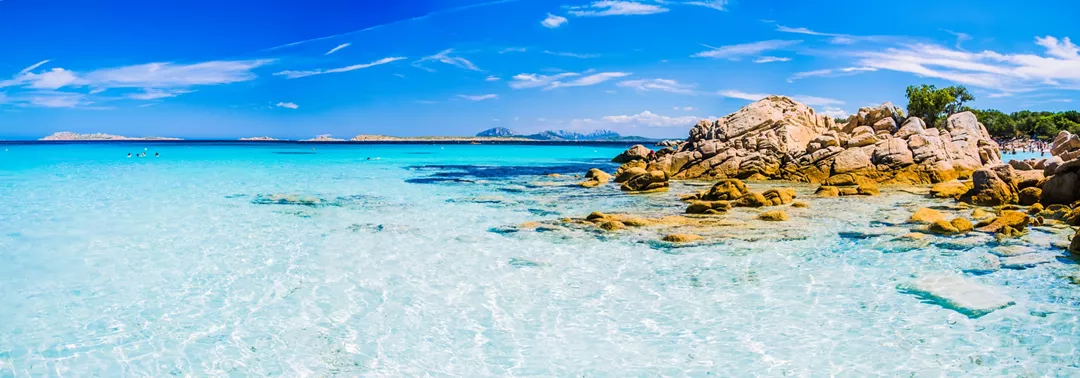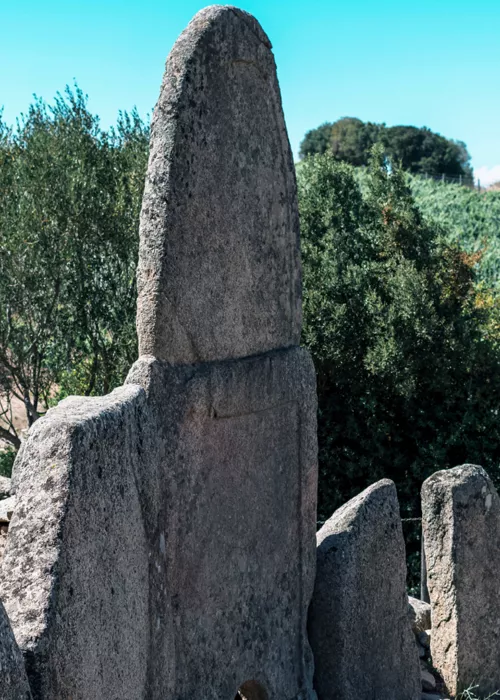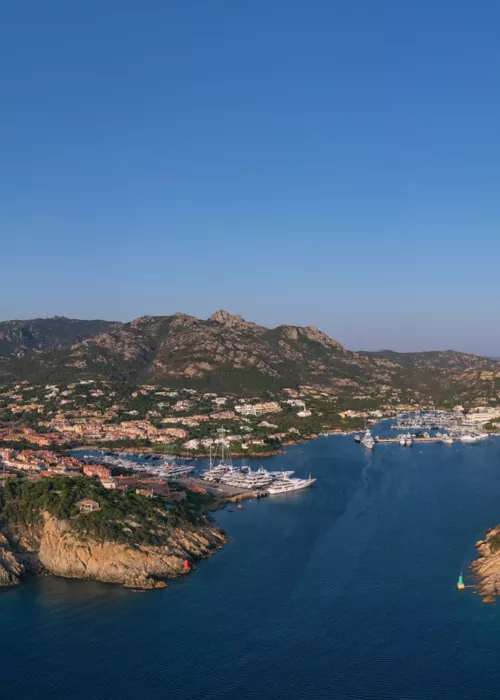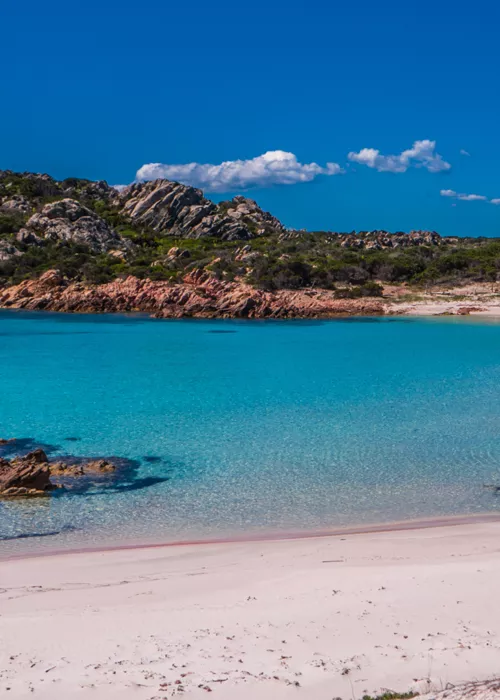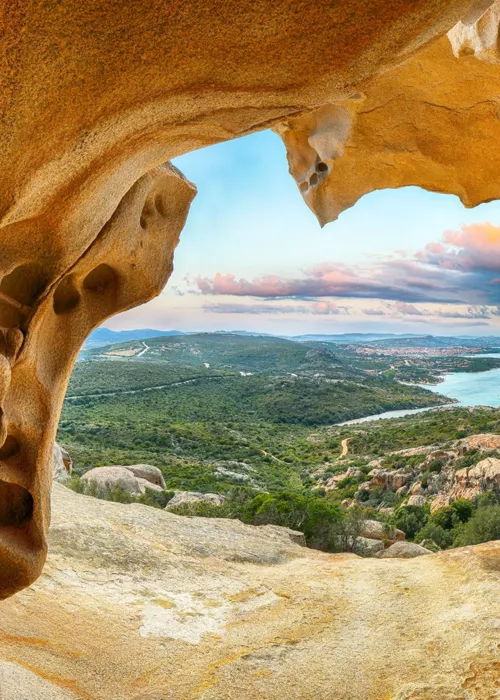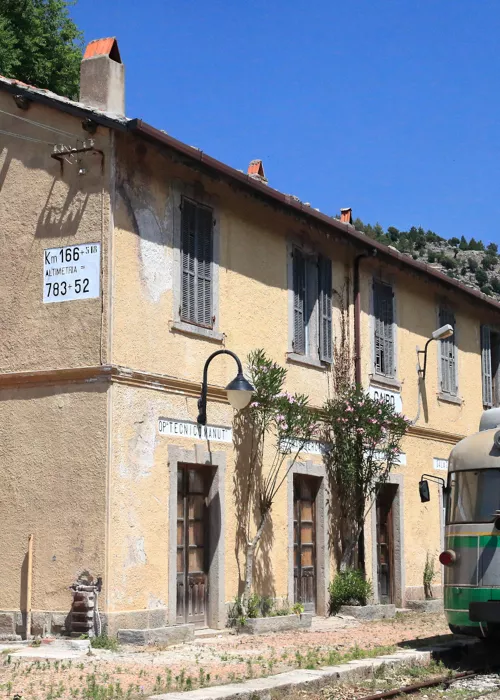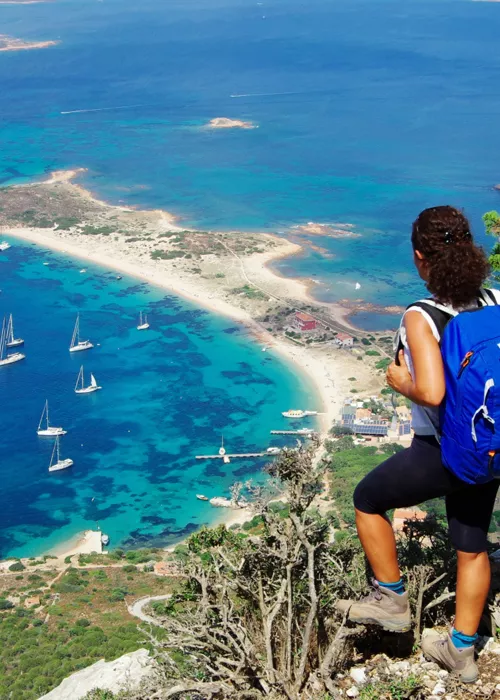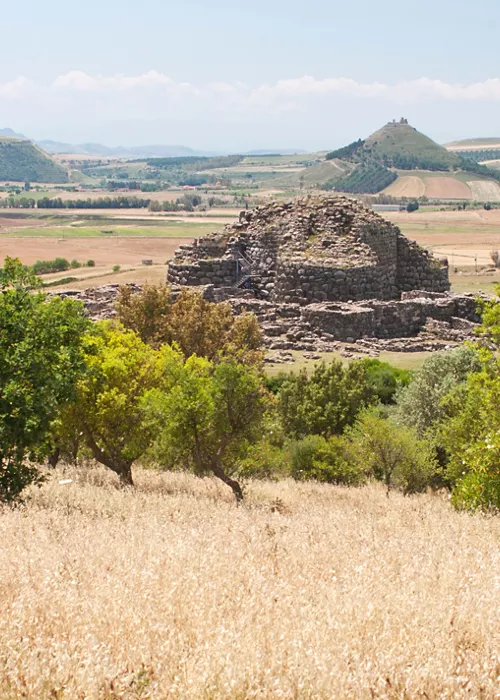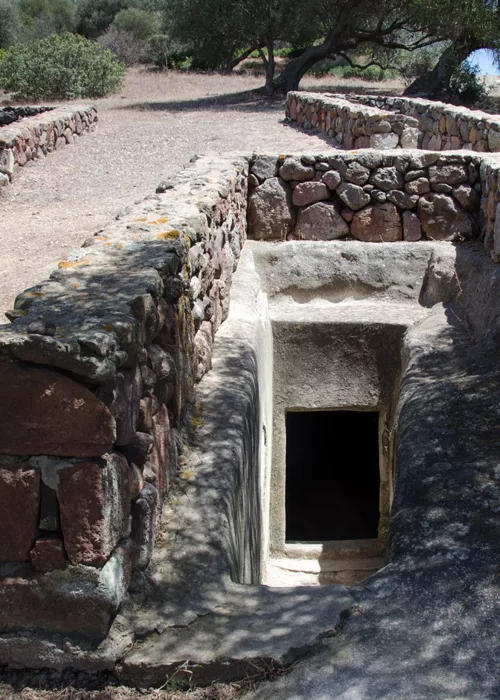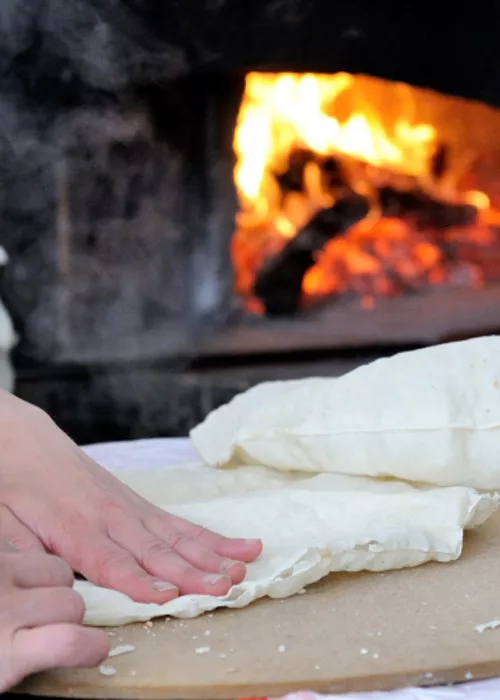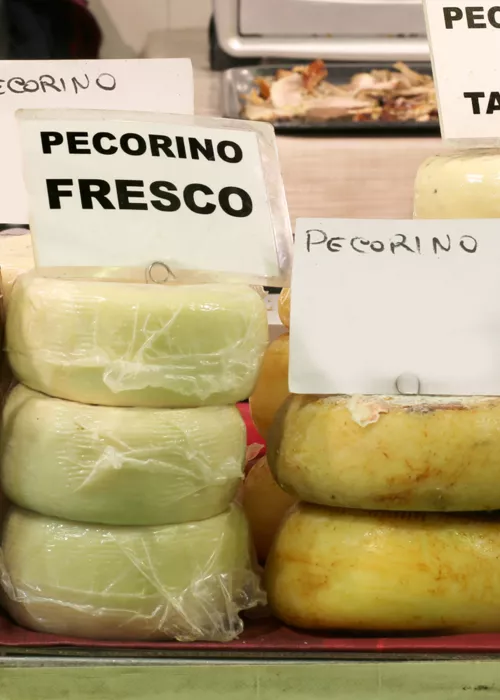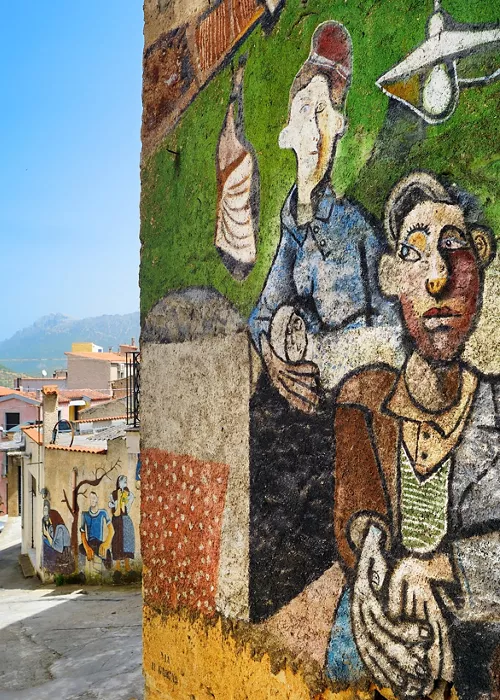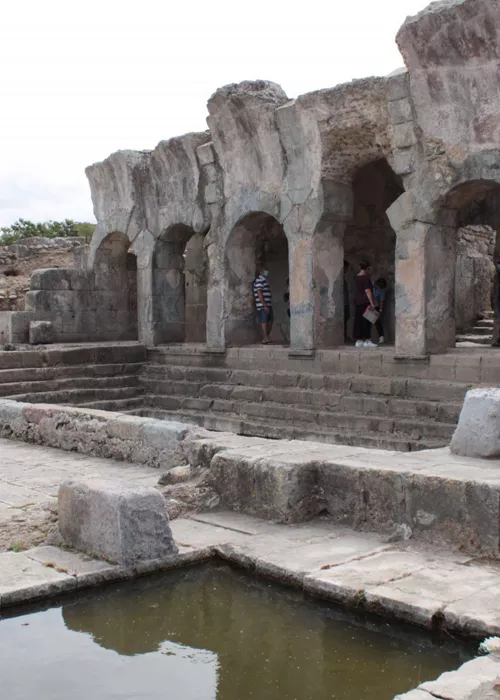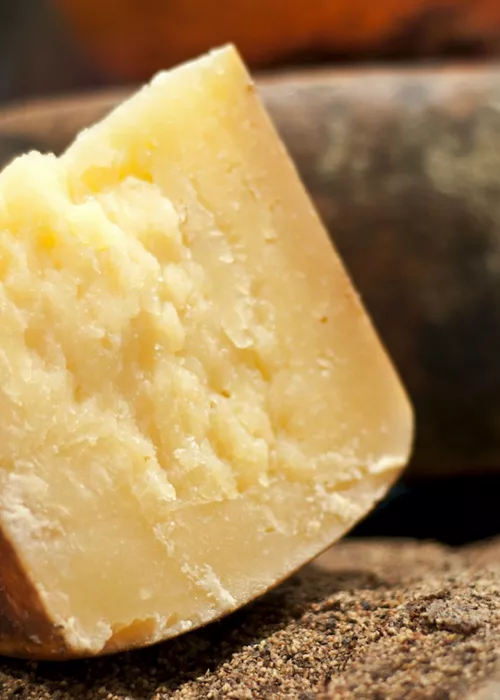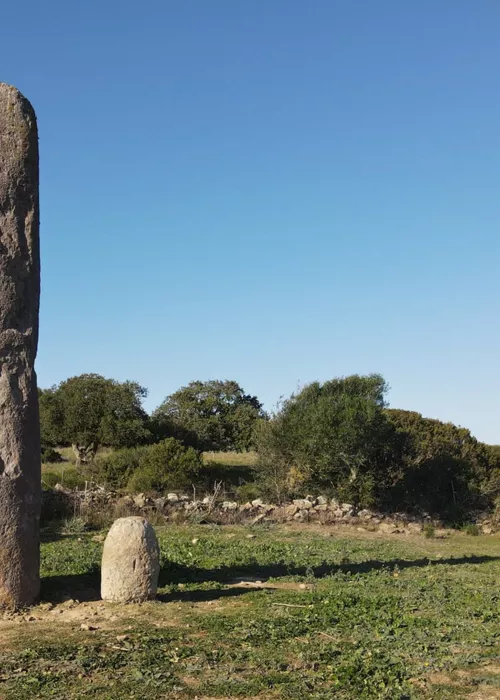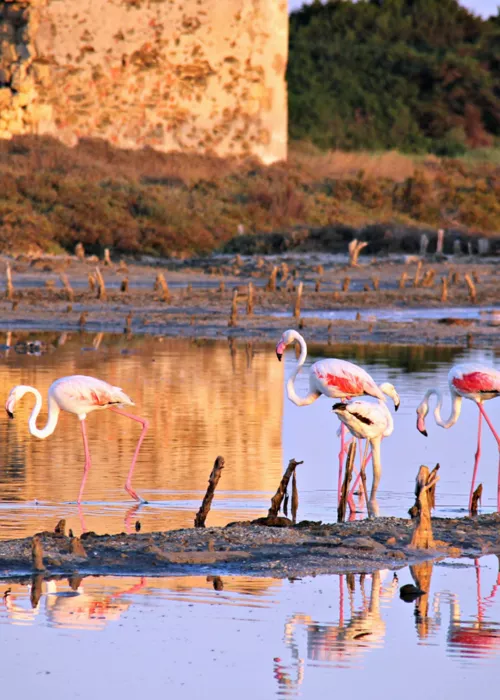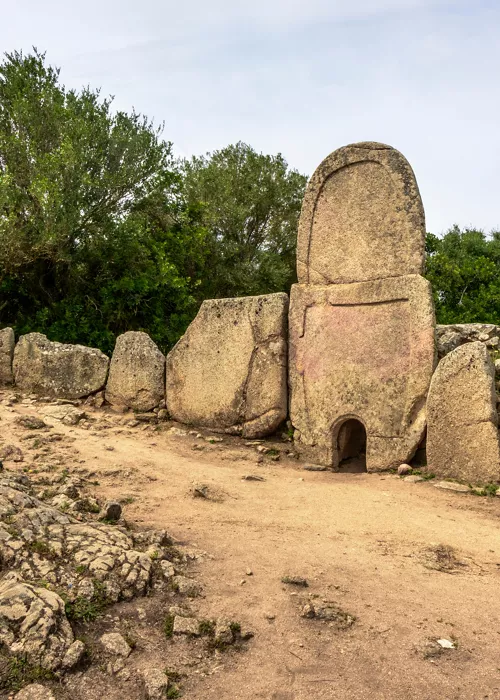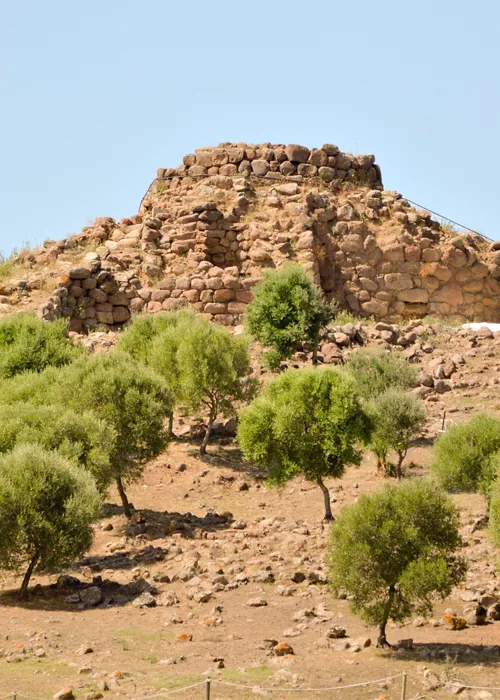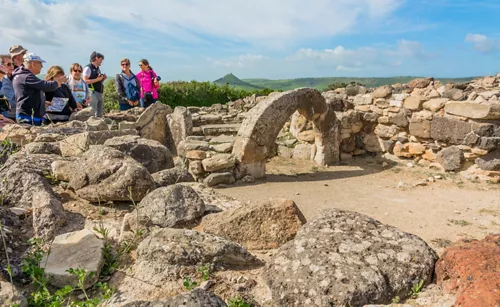From Arzachena to the Costa Smeralda: a taste of luxury and refined social pastimes
4 minutes
Arzachena, which is an elite tourist destination quite unique in its kind and a focal point of the Costa Smeralda, is a small town that lies in the Gallura sub-region in the North Eastern area of Sardinia.
Starting off from this vast territory, we may travel along an extensive stretch of the coast, enjoying enchanting views of the sea and perhaps visiting numerous archaeological sites which bear witness to significant periods in its history.
At the heart of Arzachena: the prehistoric “Mushroom Rock”
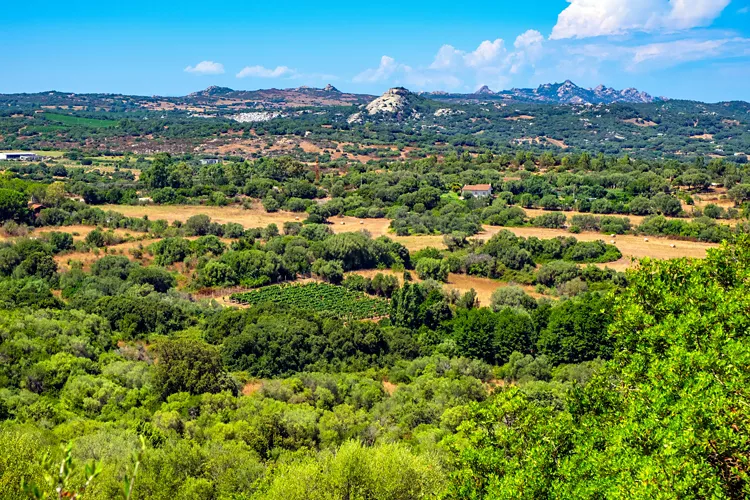
An emblematic feature of this small town in the Gallura territory is a rock that presents the typical form of an umbrella resting upon a round granite base. The “Fungo” site is also referred to as Monti Incappiddhatu (a hill with a hat) in the local Sardinian language.
It would be a good idea to start your journey through the Arzachena district from this point. You will see the curious rock formation shaped by the wind and also enjoy the breathtaking view that can be appreciated from this summit. Before returning to the coastline, it is worth spending some time in the historic centre and, starting at Piazza Garibaldi, you would be able to visit the monumental Palazzo Municipale (town hall) and the 18th-century Church of Santa Maria della Neve.
Where the glamorous coastline begins: Baja Sardinia
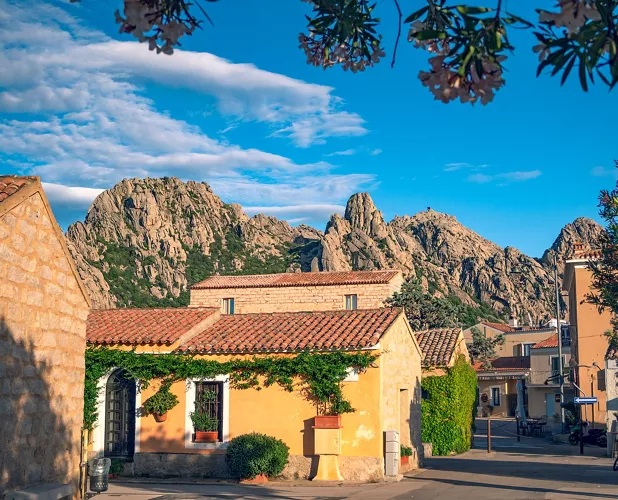
With its luxurious hotels and splendid villas immersed in green, natural settings Baja Sardinia is one of the main tourist resorts in the area and the location where you will enter the island’s “elegant glamour district”. A true core of tourism attractions, the area is notorious for its very fine sand and the crystal-clear sea in all of its inlets, from Cala Battistoni to Cala Granu. Among its many attractions, there is also a famous aquapark where adults and children may engage in many entertaining activities.
Queen of the Emerald Coast: Porto Cervo
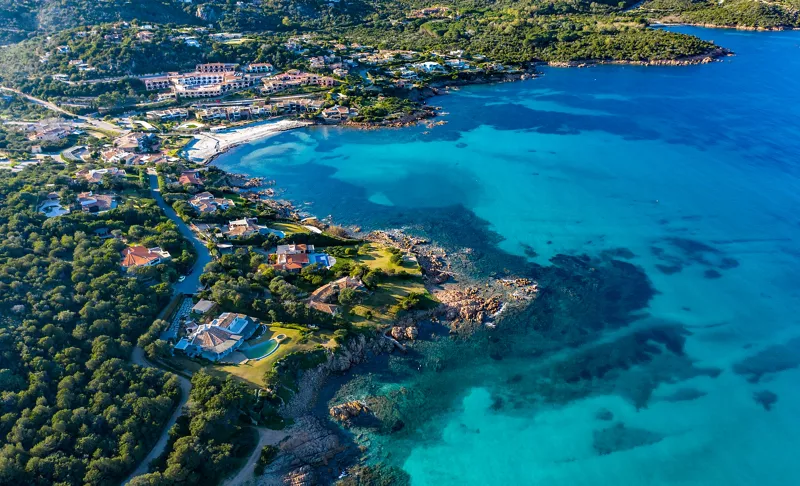
A favourite summer setting for the international jet-set and the “capital” of the Costa Smeralda, Porto Cervo has been a prime destination for luxury holidays since the 1960s, when the Ismaili Prince Karim Aga Khan IV became fascinated by the beauty of the coastline and decided to buy areas of land in this corner of the Gallura territory, transforming it into an exclusive tourist enclave and a social paradise ranking higher than the Côte d'Azur.
The heart of the village is the historic square, with its attractive restaurants, cafés and boutiques, typically frequented by members of a social elite. Leading off from this central point there are various lanes and alleyways dotted with showrooms and trendy boutiques. An equally important area of Porto Cervo is the “Marina”, comprising the old harbour, where large pleasure vessels are berthed, and the new tourist port, full of yachts moored at the quays. Of course, there will also be a lot of tourists out there taking photographs of the sea craft!
Before leaving the village we would suggest you visit the Stella Maris church, which was designed by the architect Michele Busiri Vici. At this higher level you will enjoy a breathtaking view, and you will be able to note a resemblance between the form of a particular animal and that of the natural bay around which Porto Cervo was built.
The pearls of the Costa Smeralda

Other wonderful locations along the Costa Smeralda include Poltu Quatu, a splendid inlet surrounded by pink granite rock formations and vast expanses of Mediterranean maquis, and Liscia di Vacca, one of the oldest villages along the entire coast. You may also choose to stop at the beach at the mouth of the Liscia river, where in the springtime the sand of the dunes acquires a pink tone when the sea thrift plants start to bloom. But above all, think of an excursion to the Maddalena archipelago and the protected area of the Tavolara island.
It’s a also a good idea to stroll around Porto Rotondo, yet another temple of refined worldly pleasures, and Tempio Pausania, well known for the local production of cork. San Pantaleo, set among the numerous cave-like “tafone” grottos formed in granite promontories by the erosive effect of the wind, is another “must-visit” location. The ideal moment would on a Thursday morning, when the square is livened up by the coolest market event along the entire coastline (but only from 1st May to 1st October).
If you still have some free time and energy you would like to devote to sports activities, remember that here you can satisfy any desire that may cross your mind in this sense: from horse riding to bird-watching, trekking, golf, tennis, outings on a dinghy, sailing and also windsurfing, thanks to the omnipresent winds.
Finally, would you like to go shopping? The skilled local craft workers produce a variety of articles, such as carpets, ceramic ware and filigree jewellery.

